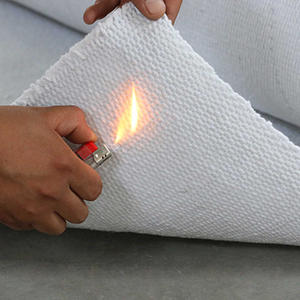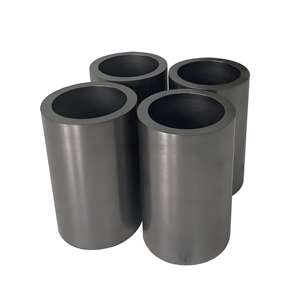Professional industry ceramic supplier, silicon nitride, silicon carbide, aluminum nitride and any other kinds of ceramics.
PRODUCT PARAMETERS
Description
Overview of Fireproof alumina silicate ceramic fiber board for high-temperature furnaces
Fireproof alumina silicate ceramic fiber board for high-temperature furnaces is a lightweight, high-temperature insulation material composed primarily of alumina-silica. It is manufactured through a melting and spinning or blowing process, resulting in a flexible, wool-like textile. This material is engineered to provide exceptional thermal management, conserving energy and protecting equipment in extreme temperature environments across various industries.
Features of Fireproof alumina silicate ceramic fiber board for high-temperature furnaces
-
Excellent Thermal Stability: Withstands continuous operating temperatures up to 1260°C (2300°F) and higher for certain grades, with minimal shrinkage.
-
Low Thermal Conductivity: Provides highly efficient insulation, reducing heat loss and improving energy efficiency.
-
Lightweight & Low Heat Storage: Offers low thermal mass, enabling rapid heat-up and cool-down cycles for improved process control and energy savings.
-
Thermal Shock Resistance: Highly resistant to damage from rapid temperature changes.
-
Excellent Flexibility & Resilience: Can be fabricated into blankets, boards, papers, and textiles to fit complex shapes and applications.
-
Good Chemical Stability: Resists attack from most corrosive agents, except strong alkalis and hydrofluoric acid.
Specification of Fireproof alumina silicate ceramic fiber board for high-temperature furnaces
This fireproof alumina silicate ceramic fiber board handles extreme heat in furnaces. It is made mostly from alumina and silica fibers. These fibers are bonded together firmly. The board withstands very high temperatures. Its continuous use temperature reaches 1260°C (2300°F). It handles short spikes even higher. This high heat resistance is essential.
The board provides excellent thermal insulation. Its thermal conductivity is very low. This means heat passes through it slowly. Your furnace stays hotter inside. Less heat escapes to the outside. This saves significant energy. You reduce fuel costs. Your furnace operates more efficiently.
The board has a uniform density. Its density ranges from 280 to 320 kg/m³. This consistent density ensures reliable performance. It gives good strength for handling and installation. The board resists light impacts. It holds its shape under normal furnace conditions. This structural integrity matters.
Low heat storage is another benefit. The board does not soak up much heat itself. Your furnace heats up faster. It also cools down quicker. This improves your process control. You achieve working temperatures rapidly. Production cycles can be faster.
The board resists thermal shock extremely well. Sudden temperature changes do not crack it. Rapid heating or cooling cycles are fine. This durability extends the material’s life. Furnace linings last longer. You get reliable, long-term insulation.
Installation is straightforward. You can cut the board easily with regular saws. It fits precisely into furnace walls, roofs, and doors. It seals gaps effectively. The board is also lightweight. This simplifies handling. It reduces stress on furnace structures.
These alumina silicate boards suit many demanding applications. Use them in steel heat treatment furnaces. Use them in ceramic kilns and glass melting furnaces. They are ideal for non-ferrous metal processing. Petrochemical cracking heaters benefit. Any high-temperature industrial process needs this insulation.
Applications of Fireproof alumina silicate ceramic fiber board for high-temperature furnaces
Fireproof alumina silicate ceramic fiber boards tackle tough heat problems in industrial furnaces. These boards handle extreme temperatures easily. They withstand constant heat up to 1260°C (2300°F). Short bursts of even higher heat won’t damage them. This makes them perfect for lining furnaces used in metal processing, ceramics firing, and glass production.
Old furnace linings often used heavy bricks. These bricks stored lots of heat. This wasted energy. They also took a long time to heat up and cool down. Ceramic fiber boards are different. They are very lightweight. They hold almost no heat themselves. This means furnaces heat up much faster. Less energy is needed to reach working temperature. You save money on fuel costs immediately.
The structure of these boards is key. They are rigid and strong. Workers can cut them to size easily. They hold their shape well under heat. You won’t see them warp or crack. This stability is vital for furnace doors, walls, and roofs. The boards provide excellent insulation. This keeps heat inside the furnace chamber. The outer furnace shell stays cooler. This improves safety for workers nearby. It also protects expensive furnace equipment.
Installing these boards is straightforward. They are much lighter than brick linings. Handling them is simple. Mounting them securely is easy. Their low thermal mass is a big plus. Your furnace reaches operating temperature quickly. Production cycles speed up. You get more batches done in the same time. Maintenance needs drop too. The boards resist thermal shock. Rapid temperature changes won’t crack them. They last longer than many traditional materials.
These boards offer a practical solution. They deliver reliable high-temperature performance. They cut energy bills significantly. They boost furnace efficiency and productivity. Their durability reduces downtime.
Company Profile
Tanki New Materials Co.Ltd. focus on the research and development, production and sales of ceramic products, serving the electronics, ceramics, chemical and other industries. Since its establishment in 2015, the company has been committed to providing customers with the best products and services, and has become a leader in the industry through continuous technological innovation and strict quality management.
Our products includes but not limited to Aerogel, Aluminum Nitride, Aluminum Oxide, Boron Carbide, Boron Nitride, Ceramic Crucible, Ceramic Fiber, Quartz Product, Refractory Material, Silicon Carbide, Silicon Nitride, ect. please feel free to contact us.

Payment Methods
T/T, Western Union, Paypal, Credit Card etc.
Shipment Methods
By air, by sea, by express, as customers request.
5 FAQs of Fireproof alumina silicate ceramic fiber board for high-temperature furnaces
What is alumina silicate ceramic fiber board?
This board is a rigid insulation material. It’s made from alumina silicate ceramic fibers. These fibers get pressed together. The process creates a strong board. This board handles high heat well. It insulates furnaces effectively.
How hot can this board handle?
This fireproof board withstands extreme temperatures. It works continuously up to 2300°F (1260°C). It handles short spikes even hotter. This makes it perfect for furnace linings. It keeps the heat inside the furnace chamber.
How do you install this board?
Installing the board is straightforward. You cut it with regular saws. You shape it easily. Then you attach it to the furnace walls or roof. Use high-temperature anchors or adhesive. The board fits snugly. This blocks heat leaks.
Will this board last a long time?
Yes, the board is very durable. It resists extreme heat without damage. It doesn’t shrink or crack easily. It handles thermal shock well. Sudden temperature changes don’t harm it much. This means your furnace lining lasts longer.
Is this board safe?
The board is very safe. It won’t catch fire. It’s non-combustible. It stores very little heat. This protects the furnace structure. The board releases minimal heat into the workspace. This saves energy. It also protects workers from burns.
REQUEST A QUOTE
RELATED PRODUCTS
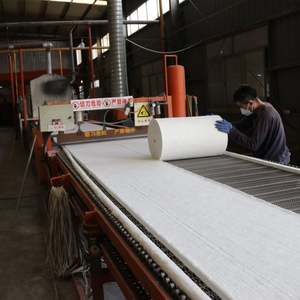
Best fire-resistant ceramic fiber insulation board.
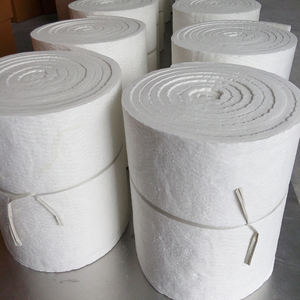
China ‘s for 1050 HZ ceramic fiber blankets for pipe insulation. High-quality insulation material .
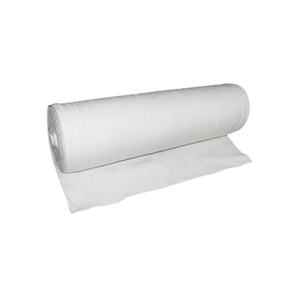
Hot-ing ceramic fiber block modules, high-temperature thermal insulation, ceramic fiber products.
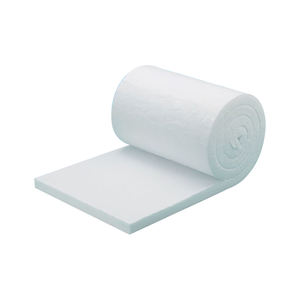
Ceramic fiber modules with anchors.
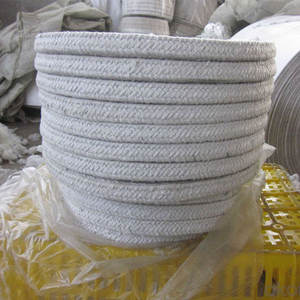
Ceramic Fiber blanket s offer a variety of specifications and indicators for insulating fiber blankets.
